Somewhere in Italy #8 | IL PANTHEON - ROMA by Gianluca Colozza Ph [ENG/ITA]
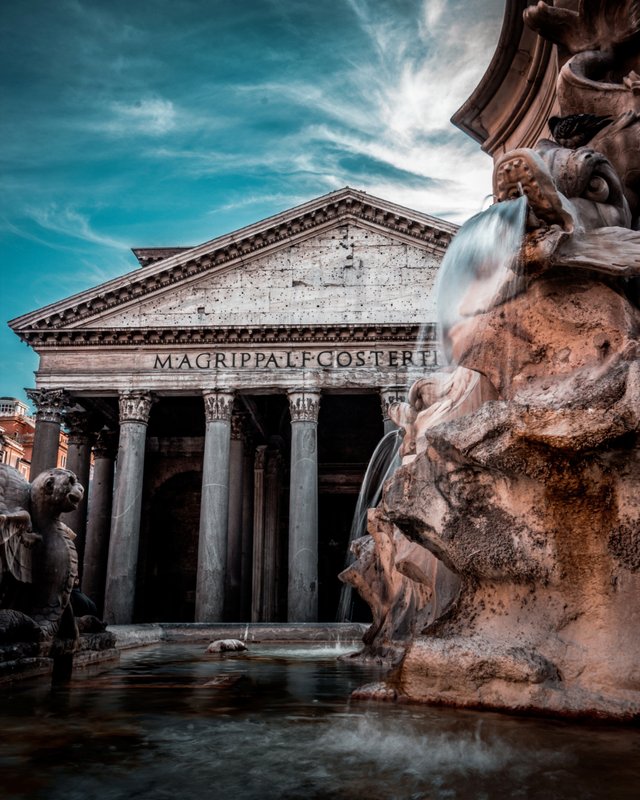
Il Pantheon (Gianluca Colozza's photo - All rights reserved)

Somewhere in Italy you can find some of the most precious treasures that the humanity could ever have seen. Enjoy this photographic journey with us and discover the most fascinating historical places on the Earth.

Da qualche parte in Italia si celano alcuni tra i tesori più preziosi che l’umanità possa mai aver visto. Parti insieme a noi in questo viaggio fotografico alla scoperta dei più affascinanti luoghi storici sulla Terra.
Follow us on Instagram:
Leopoldo Montini SMM
Gianluca Colozza Ph

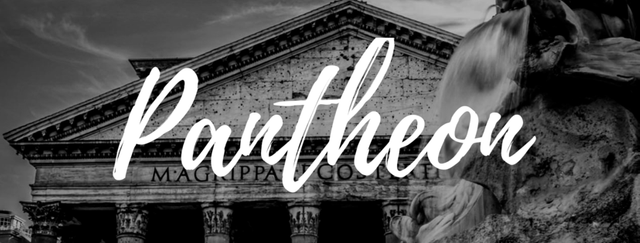
"I wanted this sanctuary of all the gods to represent the earthly globe and the celestial sphere, a globe within which the seeds of eternal fire are enclosed, all contained in the hollow sphere" A sacred building dedicated to all the gods before, a place of Christian worship then, the Pantheon (from the Greek Pan - all Theon - divinity) rises in all its beauty as the temple of all the divinity that are, who were and who they will be. Five steps separate the reality from the wonder of the dome that is still the largest in the world, surpassing both the dome of San Pietro and that of Brunelleschi in Florence. Crossing the divinity threshold, a spectacular beam of light will dazzle you; it is the oculus, the circular opening at the top of the dome, which illuminates the entire building. Legend has it that this would have been created by the Devil fleeing from the temple of God. The Pantheon, undoubtedly one of the best preserved ancient monuments in Rome, is a wonderful example of a Christian reuse of a sacred building originally pagan. It rises in the heart of the ancient Campo Marzio and dominates with its façade the southern side of Piazza della Rotonda. The original building, of which today we have only some testimony, was built in 27 BC. by Marco Vipsanio Agrippa, whose name appears in the inscription of the façade. The monument was completely rebuilt between 118 and 125 AD. by the emperor Hadrian. After some restorations, carried out by the Severi emperors at the beginning of the third century AD, the monument fell into a state of neglect until 608, when it was ceded by the Byzantine emperor Foca to Pope Boniface IV, who transformed it into the church of S. Maria to Martyres. It was the first case of a pagan temple transposed to Christian worship. This fact makes it the only building in ancient Rome to have remained virtually intact and uninterruptedly used for religious purposes from the moment of its foundation. In 1870 it became a shrine to the kings of Italy, and included the remains of Vittorio Emanuele II, Umberto I and Margherita di Savoia. The supreme Renaissance artist Raffaello Sanzio is also buried there.
"Volli che questo santuario di tutti gli dei rappresentasse il globo terrestre e la sfera celeste, un globo entro il quale sono racchiusi i semi del fuoco eterno, tutti contenuti nella sfera cava." Un edificio sacro dedicato a tutti gli dei prima, un luogo di culto cristiano poi, il Pantheon (dal greco Pan - tutti Theon – divinità) si erge in tutta la sua bellezza come il tempio di tutte le divinità che sono, che furono e che saranno. Cinque gradini separano la realtà dallo stupore della cupola tuttora più grande al mondo, superando sia la cupola di San Pietro, che quella del Brunelleschi a Firenze. Varcata la soglia delle divinità, uno spettacolare fascio di luce vi abbaglierà; si tratta delll’oculus, l’apertura circolare sulla sommità della cupola, che illumina l’intero edificio. La leggenda narra che questo sarebbe stato creato dal Diavolo in fuga dal tempio di Dio. Il Pantheon, senz’altro uno dei monumenti antichi meglio conservati di Roma, è un mirabile esempio di riutilizzo in chiave cristiana di un edificio sacro in origine pagano. Sorge nel cuore dell’antico Campo Marzio e domina con la sua facciata il lato meridionale di Piazza della Rotonda. La costruzione originaria, di cui oggi abbiamo solo qualche testimonianza, fu realizzata nel 27 a.C. da Marco Vipsanio Agrippa, il cui nome compare nell’iscrizione della facciata. Il monumento venne completamente riedificato tra il 118 e il 125 d.C. dall’imperatore Adriano. Dopo alcuni restauri, eseguiti dagli imperatori Severi all’inizio del terzo secolo d.C., il monumento cadde in stato di abbandono, fino al 608, quando venne ceduto dall’imperatore bizantino Foca al papa Bonifacio IV, che lo trasformò nella chiesa di S. Maria ad Martyres. Fu il primo caso di un tempio pagano trasposto al culto cristiano. Questo fatto lo rende il solo edificio dell'antica Roma ad essere rimasto praticamente intatto e ininterrottamente in uso per scopo religioso fin dal momento della sua fondazione. Nel 1870 è divenuto sacrario dei re d’Italia, e accoglie, le spoglie di Vittorio Emanuele II, Umberto I e Margherita di Savoia. Vi è anche sepolto il sommo artista rinascimentale Raffaello Sanzio.
(Marguerite Yourcenar, Memories of Adriano)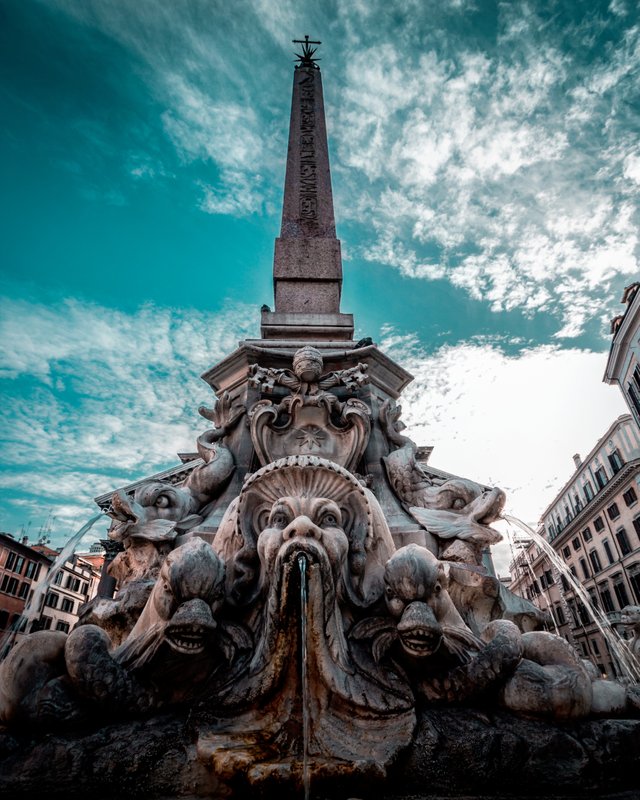
La fontana di Piazza della Rotonda, progettata da Giacomo Della Porta (Gianluca Colozza's photo - All rights reserved)If you visit the Pantheon on rainy days, do not forget the umbrella, or you will be struck by Jupiter's wretched anger, before the water filters away into the 22 holes in the floor.
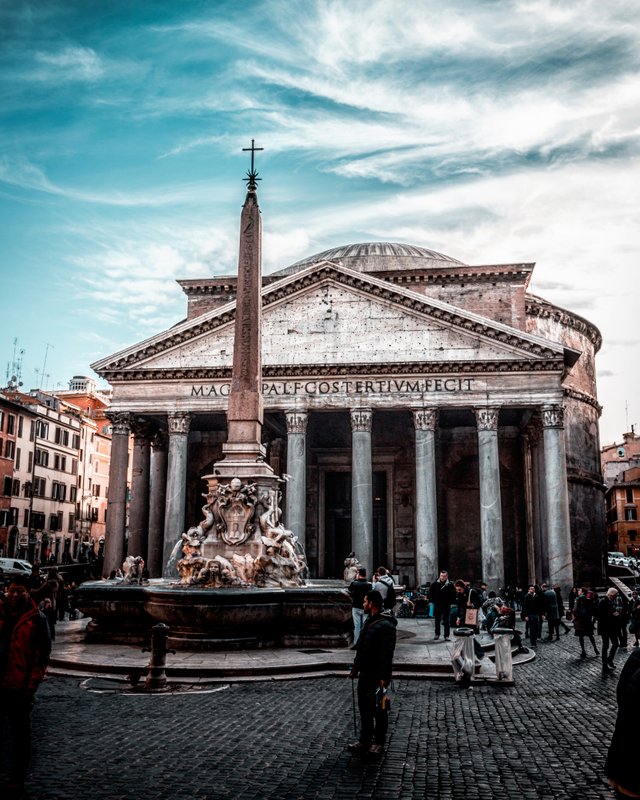
Il Pantheon e la maestosa fontana (Gianluca Colozza's photo - All rights reserved)
(Marguerite Yourcenar, Memorie di Adriano)Se visiti il Pantheon nei giorni di pioggia non dimenticare l’ombrello, o sarai colpito dall’ira funesta di Giove, prima che l’acqua filtri via nei 22 fori disposti nel pavimento.
Photo details
Photo 1

Photo 2

Photo 3

Link ai post precedenti
Source
Source 2
Source 3
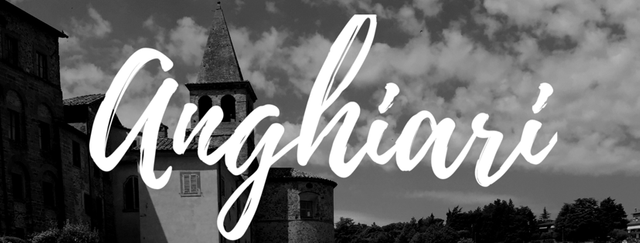
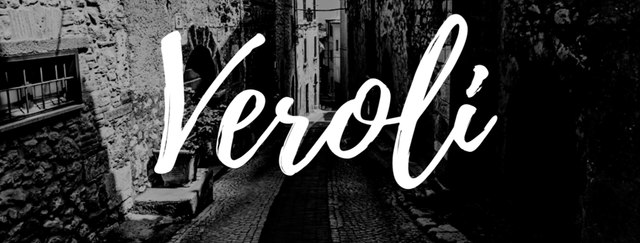
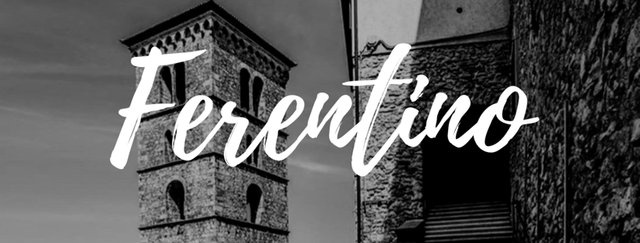
.png)
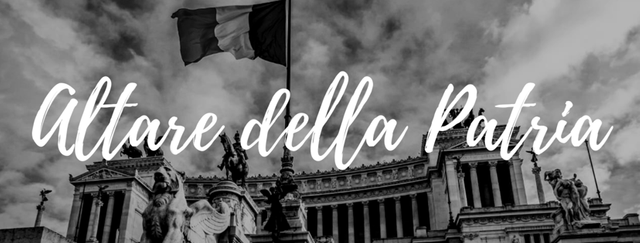
.png)
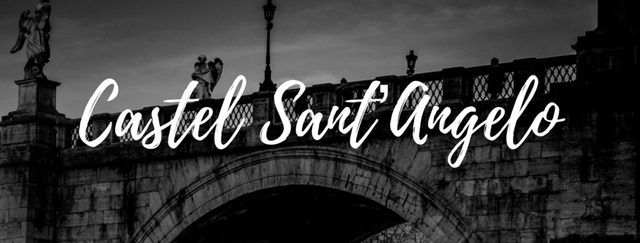
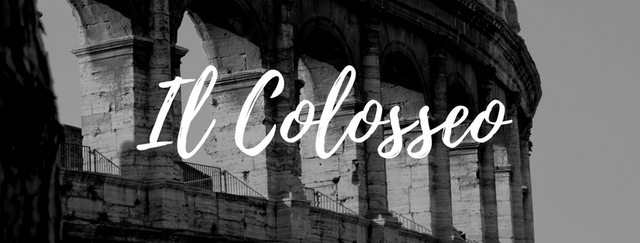

Bellissimo post! Ho viaggiato e visto parola dopo parola!!
grazie mille @pawpawpaw ...abbiamo quasi dipinto un quadro completo di Roma! Sono contento che ti sia piaciuto!
Belllissimo post, sia foto che descrizione, io adoro il pantheon e vorrei visitarlo durante le funzioni pasquali quelle con la pioggia di petali, lì deve essere uno spettacolo!